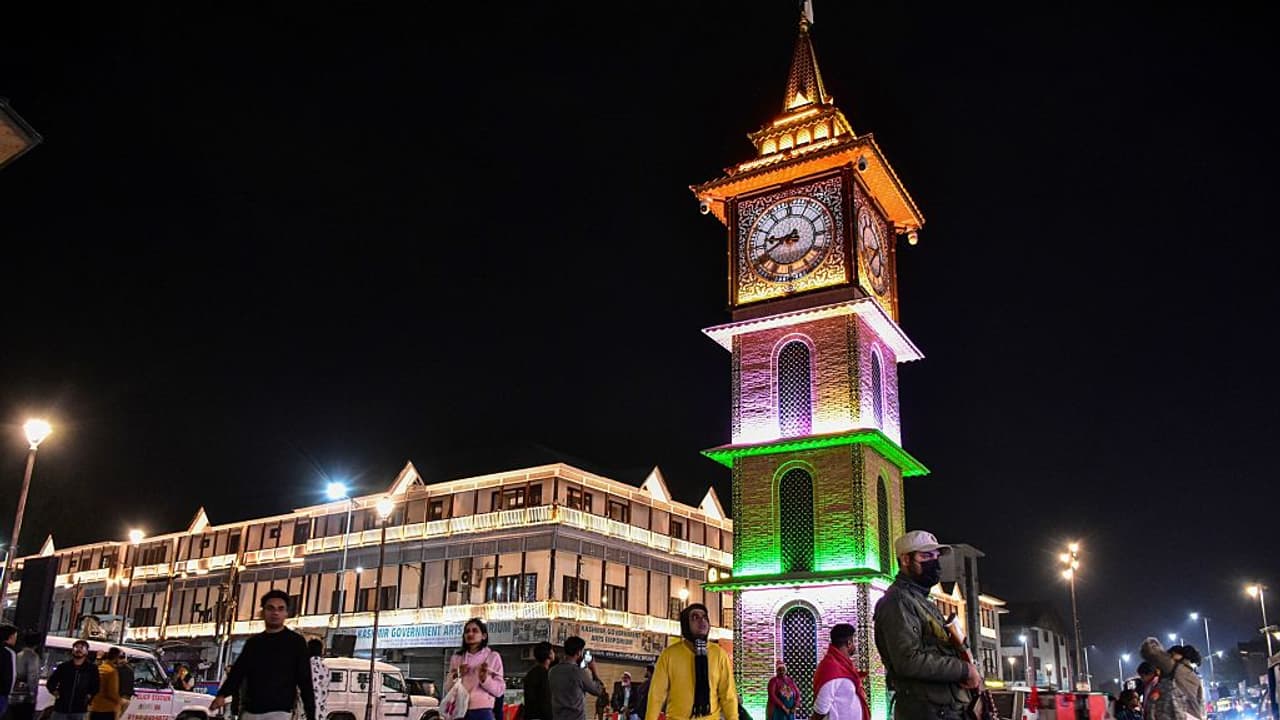When the 1990s exodus of Kashmiri Pandits saw nearly 60,000 families flee the Valley following a wave of militancy and communal tensions, a small but resolute number of families chose to stay back.
When the 1990s exodus of Kashmiri Pandits saw nearly 60,000 families flee the Valley following a wave of militancy and communal tensions, a small but resolute number of families chose to stay back. Their stories—largely unsung—are testaments to an unbroken thread of trust and coexistence that endured even during Kashmir's darkest chapters.

The exodus that was in early 1990, as violence escalated in the Kashmir Valley, an atmosphere of fear engulfed the minority Hindu Pandit community. Threats, targeted killings, and intimidation led to a mass migration, turning thousands into refugees in their own country. Camps in Jammu and Delhi bore witness to one of the largest internal displacements in post-Partition India.
But amid the storm, a few Kashmiri Pandit families made a different choice. Whether out of conviction, circumstance, or faith in their neighbors, they stayed. And the Valley they speak of is not only one of fear, but also of friendship, protection, and shared survival.
The families who remained & chose to stay
The Zutshis of Rainawari: Nestled in the narrow lanes of old Srinagar, the Zutshi family stayed put in their ancestral home in Rainawari. "We were scared, yes. But our Muslim neighbors never let us feel alone. They brought us groceries, escorted our children to school, and celebrated our festivals with us," says Vijay Zutshi, a retired schoolteacher. His family’s story is one of quiet courage and unwavering communal bonds.
The Kuls of Mattan: In the small town of Mattan in Anantnag district, the Kul family chose to remain for the sake of their apple orchards. "The land is in our blood," says Mohan Lal Kul. He recalls how local Muslim villagers formed human chains around their home during tense nights. "They told us: If you leave, a part of us leaves too."
The Khashus of Baramulla: For the Khashus, the decision to stay was rooted in principle. “My father used to say, ‘This is our home, and we will not be forced out by fear,’” shares Anita Khashu. During the height of the militancy, her family was protected by local shopkeepers and friends who risked retribution to ensure their safety. Anita now works with a local NGO that promotes interfaith dialogue.
During Ramadan, the Khashus would prepare evening meals for their Muslim neighbors. On Shivratri, the Muslim families would help decorate Pandit homes. There was, and continues to be, an unspoken code of respect.
Local mosques would issue announcements urging people not to harm Pandit families. Children played together. Women exchanged recipes. In these pockets of peace, religion never eclipsed humanity.
Today, the few remaining Pandit families live quieter lives. Some have reunited with relatives who had fled; others continue to walk the same lanes their ancestors did. While wounds remain fresh for the community at large, these families serve as living testaments to what Kashmir could have been—and perhaps still can be.
They illuminate the complexity of Kashmir—where violence and love have often existed side by side.


